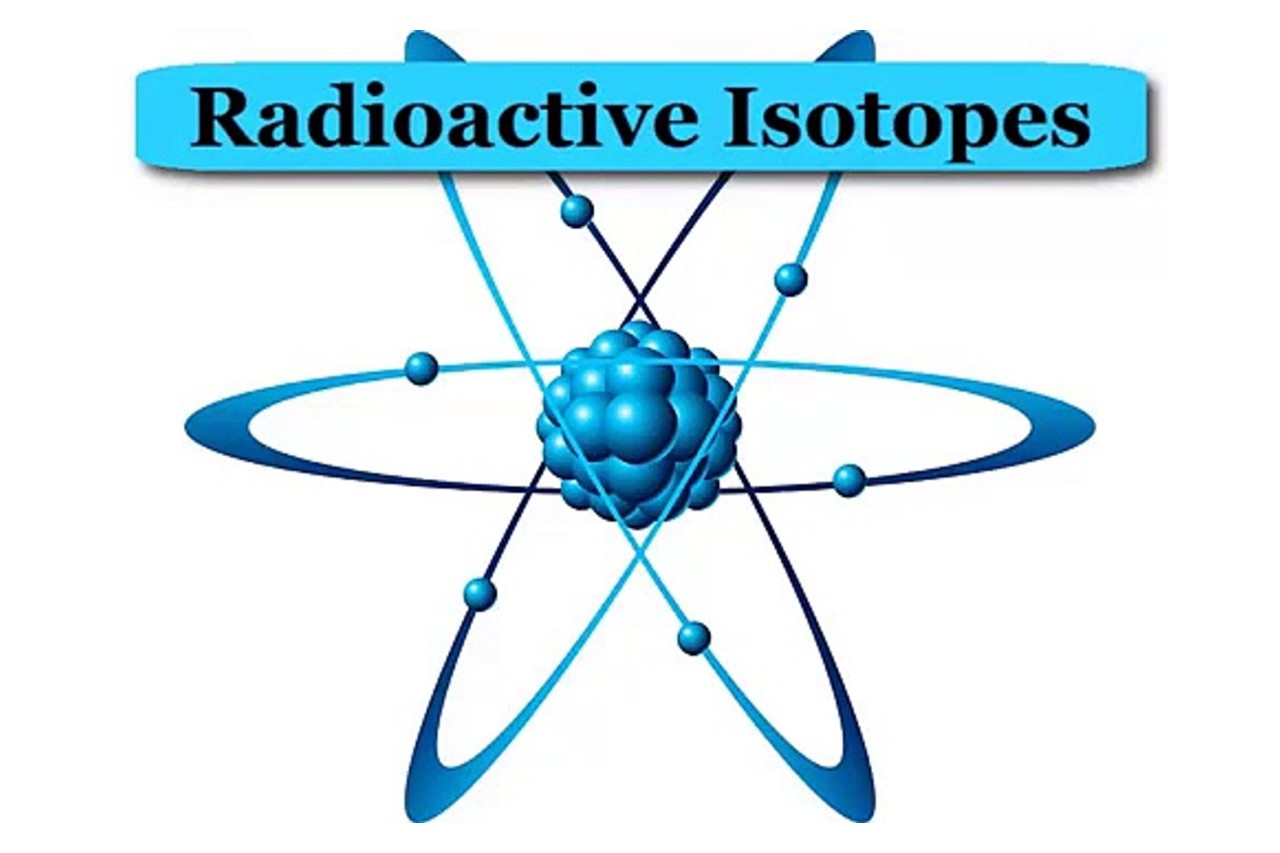Exploring the Healing Power of Radioactive Isotopes in Modern Medicine
In today’s world, medical technology has advanced significantly, and one of the most fascinating contributors to this progress is radioactive isotopes. These powerful elements help doctors diagnose, treat, and even prevent a variety of diseases, including cancer, heart conditions, and more. But how exactly do radioactive isotopes work, and why are they so essential in medicine? Let’s explore their healing power together.
What Are Radioactive Isotopes?
A radioactive isotope (or radioisotope) is an unstable form of an element that emits radiation as it decays. While the term “radioactive” may sound intimidating, the controlled use of these isotopes in medical settings has proven to be incredibly beneficial for both diagnosis and treatment. These isotopes emit radiation in the form of gamma rays, beta particles, or alpha particles, depending on the isotope, and can be used to gather information or treat diseases in precise ways.
How Are Radioactive Isotopes Used in Medicine?
Radioactive isotopes are like invisible tools that help doctors see deep inside the body and treat diseases without having to perform invasive surgeries. Here’s how they are used:
1. Diagnostic Imaging
Among the many applications of radioactive isotopes, diagnostic imaging stands out as one of the most powerful tools in modern medicine. Techniques like PET (Positron Emission Tomography) and SPECT (Single-Photon Emission Computed Tomography) allow doctors to create detailed images of organs and tissues. This helps in early disease detection, which can be crucial for successful treatment.
- Technetium-99m: One of the most commonly used isotopes, Technetium-99m emits gamma rays, which are detected by special cameras to create images of organs like the heart, brain, and kidneys. This isotope helps identify conditions such as tumors, heart disease, and kidney dysfunction.
- Iodine-131: Commonly used to assess the thyroid gland, Iodine-131 helps doctors evaluate thyroid function or identify thyroid cancer. The isotope is absorbed by the thyroid, and its radiation can be detected for imaging.
- Iron-59: Often used in blood studies, Iron-59 can be used to track iron metabolism and detect problems such as anemia. The isotope is absorbed by the body and used to monitor how iron is distributed in the bloodstream, helping doctors diagnose blood-related conditions.
By attaching radioisotopes to molecules that target specific organs or tissues, doctors can obtain focused and accurate images, helping them make informed decisions about patient care.
2. Cancer Treatment
Radioactive isotopes are also used in cancer treatment. Through a process called radiation therapy, high-energy radiation is used to target and destroy cancer cells. But how can doctors be sure they are treating the right area? Radioisotopes make it possible.
- Iodine-131: Used to treat thyroid cancer, Iodine-131 is absorbed by the thyroid and emits radiation that specifically destroys cancerous tissue. This treatment can often help eliminate remaining cancer cells after surgery.
- Radium-223: This isotope, Radium-223, is used to manage prostate cancer that has advanced to the bones. It delivers targeted radiation to bone metastases, which helps relieve pain and slow the spread of the disease.
- Cobalt-60: Another well-known isotope used in cancer treatment is Cobalt-60, particularly in external beam radiation therapy. Cobalt-60 emits gamma radiation and is used in the treatment of cancers like brain cancer, lung cancer, and head and neck cancers. It is typically used when tumors are too large or too deeply located for other methods to be effective.
- Uranium-235: While not directly used for treatment in most medical settings, Uranium-235 plays an indirect role in medicine, particularly in the development of nuclear medicine technologies. It is used in the production of medical isotopes and in the operation of reactors that generate isotopes like Cobalt-60, which is used in treating cancer.
- Phosphorus-32 is used in radiotherapy for blood cancers such as leukemia and polycythemia vera (a condition where the bone marrow makes too many red blood cells). It works by targeting the rapidly dividing cancerous cells in the bone marrow, delivering a dose of radiation that helps to shrink tumors and slow disease progression.
By delivering radiation directly to the affected tissue, radioactive isotopes minimize damage to surrounding healthy tissue, making cancer treatments more effective and reducing side effects.
3. Targeted Therapy and Pain Relief
One of the most promising aspects of radioactive isotopes is their ability to deliver targeted therapy. This approach allows doctors to direct radiation precisely at the cancerous cells, sparing nearby healthy tissue.
- Lutetium-177: This isotope is used in targeted therapy for neuroendocrine tumors, which are often difficult to treat. It binds to specific receptors on cancer cells, allowing the radiation to directly kill the tumor.
- Strontium-89 and Samarium-153: These isotopes are used to treat bone pain caused by metastatic cancer. They are absorbed by bone tissue, where they release radiation to relieve pain and reduce the discomfort of bone metastases.
This targeted approach helps improve patient quality of life, particularly in palliative care, where managing pain and symptoms is a priority.
When Do Doctors Use Radioactive Isotopes?
Doctors rely on radioactive isotopes in various situations, depending on the patient’s condition. They might be used in:
- Initial Diagnosis: Radioactive isotopes are often used to create images of organs and tissues early on, allowing doctors to detect diseases before symptoms become severe.
- Post-Diagnosis Treatment: After a diagnosis like cancer or thyroid disease, isotopes are used to treat the disease more precisely, often after surgery or other treatments.
For instance, if a doctor suspects heart disease, a Technetium-99m scan may be done first. If thyroid cancer is confirmed, then Iodine-131 might be used to eliminate remaining cancer cells.
Why Are Radioactive Isotopes Important?
You might wonder: Why not just use traditional methods like X-rays or MRI scans? The key difference is that radioactive isotopes provide insights into the body’s metabolic processes, allowing doctors to observe not just the structure of organs, but their functionality as well.
- MRI and X-rays show you the shape of organs and bones, but PET scans with radioactive isotopes can show how organs are working at a molecular level. This is especially helpful for detecting cancers, as tumors often have different metabolic rates compared to normal tissues.
Additionally, for cancers like thyroid cancer, where the tumor can be very small and hard to reach, Iodine-131 allows for targeted destruction of cancerous cells with minimal impact on surrounding healthy tissue.
Are There Risks Involved?
As with any medical treatment, the use of radioactive isotopes comes with certain risks, primarily due to the exposure to radiation. However, the amount of radiation used in medical procedures is carefully controlled to minimize harm.
- Low Radiation Exposure: In most cases, the doses of radiation used for diagnostics are quite low and do not cause lasting damage. Technetium-99m, for example, has a short half-life, which means it decays quickly and doesn’t remain in the body for long periods.
- Safety Protocols: Doctors and medical teams are trained to handle radioactive materials safely, and strict protocols are in place to protect both patients and staff.
When used appropriately, the benefits of radioactive isotopes in medicine far outweigh the risks, especially considering their ability to provide more accurate diagnoses and effective treatments.
This Powerful Hormone Can Improve Your Bones, Immunity, and Mood—Here’s How! | Maya
Conclusion: The Future of Radioactive Isotopes in Medicine
Looking to the future, the potential of radioactive isotopes in medicine is vast. With ongoing research, these isotopes could be used for new applications, such as treating brain cancer or tracking the effectiveness of treatments in real-time.
The healing power of radioactive isotopes is not just about the radiation they emit; it’s about the precision with which they target diseases, making treatments more effective and less invasive. As technology evolves, so too will our ability to harness these powerful tools, offering hope for patients and advancing the field of medicine.
So, how might radioactive isotopes continue to shape medical treatments in the coming years? The future looks bright, and it’s exciting to think about how these isotopes will continue to transform healthcare and improve patient outcomes.


